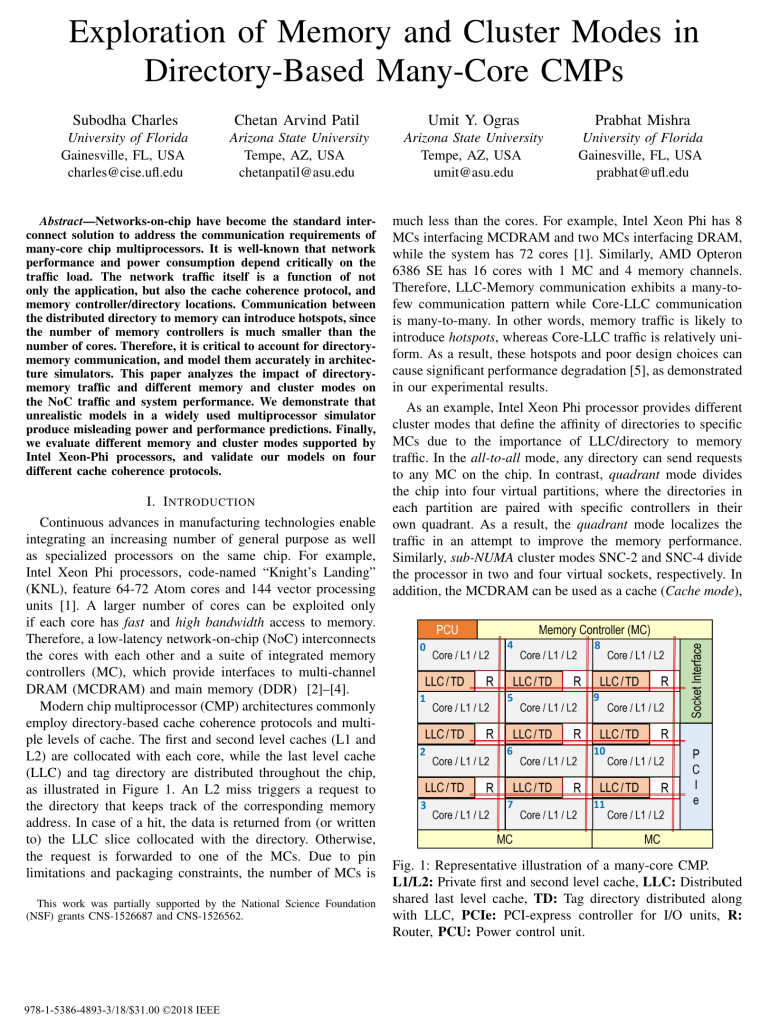Semiconductor Fabrication
Photo by Mathew Schwartz on Unsplash. Samsung’s technical blog has series of articles on semiconductor fabrication. It covers majors steps from tape out to packaging. All nine parts of the series are not linked together, so I thought of creating a list that may help those interested in learning about semiconductor manufacturing. All the images below are from respective part of the series linked in the title. Part 1: Creating the Wafer Part 2: The Oxidation Process Part 3: The Integrated Circuit Part 4: Drawing Structures in Nano-Scale Part 5: Etching A Circuit Pattern Part 6: The Addition of Electrical Properties Part 7: The Metal Interconnect Part 8: Electrical Die Sorting (EDS) Part 9: Packaging and Package Testing
Semiconductor Fabrication Read More »









